- Home
- Articles
- Architectural Portfolio
- Architectral Presentation
- Inspirational Stories
- Architecture News
- Visualization
- BIM Industry
- Facade Design
- Parametric Design
- Career
- Landscape Architecture
- Construction
- Artificial Intelligence
- Sketching
- Design Softwares
- Diagrams
- Writing
- Architectural Tips
- Sustainability
- Courses
- Concept
- Technology
- History & Heritage
- Future of Architecture
- Guides & How-To
- Art & Culture
- Projects
- Interior Design
- Competitions
- Jobs
- Store
- Tools
- More
- Home
- Articles
- Architectural Portfolio
- Architectral Presentation
- Inspirational Stories
- Architecture News
- Visualization
- BIM Industry
- Facade Design
- Parametric Design
- Career
- Landscape Architecture
- Construction
- Artificial Intelligence
- Sketching
- Design Softwares
- Diagrams
- Writing
- Architectural Tips
- Sustainability
- Courses
- Concept
- Technology
- History & Heritage
- Future of Architecture
- Guides & How-To
- Art & Culture
- Projects
- Interior Design
- Competitions
- Jobs
- Store
- Tools
- More
Top 10 Vacation Home Design Trends: Modern Architecture for Your Perfect Getaway
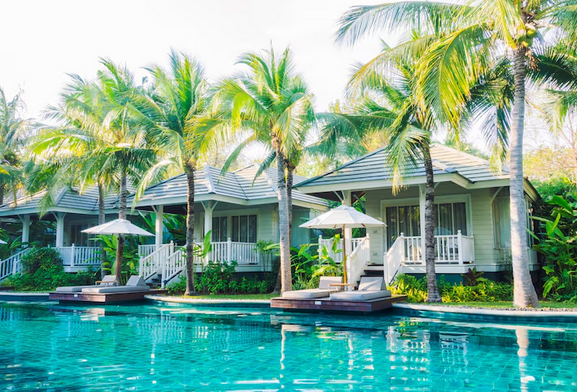
As vacationing evolves into a lifestyle choice rather than a luxury, vacation home design trends have embraced the modern architectural movement with enthusiasm. Homeowners and designers alike are moving toward concepts that merge beauty with practicality, crafting spaces that not only provide shelter but also offer a true sense of escape. These spaces prioritize minimalism, sustainability, and strong connections to the natural world. Equally important is planning how you’ll get there—knowing how to organize transportation for your next travel adventure ensures a seamless journey that complements your thoughtfully designed getaway.
Today’s vacation homes are less about ornate embellishments and more about purpose-driven aesthetics. Open plans, clean lines, and nature-inspired elements dominate these dwellings. Whether nestled in the mountains or set along coastal shores, these homes are being shaped to enhance wellness, foster relaxation, and simplify modern living.
This article outlines ten standout trends redefining the vacation home landscape, offering inspiration for those building new getaways or upgrading existing properties. From green materials to bold accents, each trend is crafted to enhance everyday living. Once your serene space is ready, take your travel experience a step further and find live show tickets at Got2Go to enjoy local performances and cultural events during your stay.
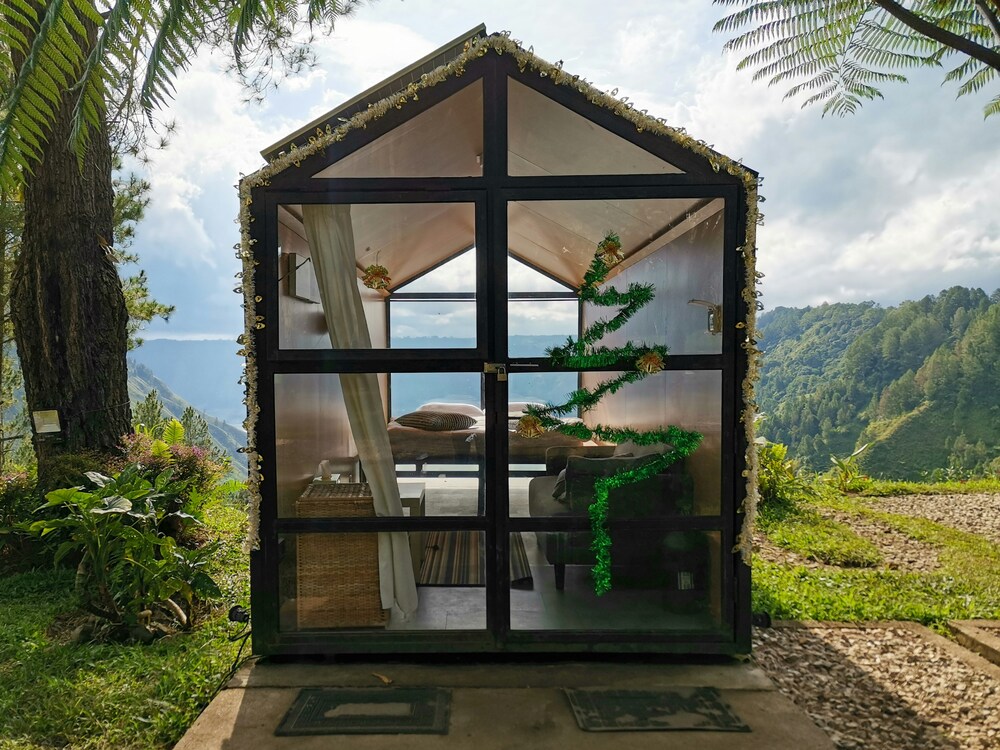
Table of Contents
Toggle1. Minimalist Aesthetic
Simplicity is the guiding principle behind modern vacation homes. Minimalist design strips away the unnecessary, focusing on uncluttered spaces, neutral tones, and streamlined furnishings. This approach not only creates a visually calming environment but also enhances functional use of space.
Natural materials such as wood, stone, and concrete complement this trend, contributing texture without overwhelming the senses. Clean lines, unobstructed sightlines, and subtle color palettes are key to creating a sanctuary that prioritizes peace and purpose.
2. Sustainable Materials
Eco-conscious design continues to gain traction. Homeowners are choosing sustainable materials that reduce their environmental impact while adding distinctive character to the home. Reclaimed wood, bamboo flooring, recycled glass tiles, and non-toxic paints are among the preferred choices.
Incorporating these materials leads to improved indoor air quality and a more responsible use of resources. Beyond their environmental benefits, they also bring authenticity and craftsmanship into modern vacation dwellings.
3. Open Floor Plans
Open layouts have become a hallmark of contemporary architecture. By removing walls and barriers, these spaces promote social interaction and allow natural light to flow freely throughout the home. Living, dining, and kitchen areas blend seamlessly to create expansive environments ideal for entertaining or simply unwinding.
Furniture in open floor plans is often modular, allowing easy reconfiguration depending on the number of guests or desired ambiance. These spaces also feel larger, making them especially beneficial in smaller vacation homes.
4. Indoor-Outdoor Living
Today’s designs blur the lines between indoors and outdoors. Large sliding or folding glass doors, retractable walls, and floor-to-ceiling windows make it easy to transition between inside comfort and outdoor leisure.
Whether it’s a mountain retreat or beachside villa, outdoor areas are designed as natural extensions of indoor living. Spaces like alfresco dining areas, lounge patios, fire pits, and plunge pools encourage relaxation and entertaining in the open air.
5. Smart Home Integration
Tech-savvy features are no longer a luxury—they’re expected in vacation homes. Homeowners are embracing smart systems for lighting, heating, security, and entertainment. These systems allow remote control and automation, ensuring convenience and energy efficiency even when the home is unoccupied.
Voice assistants, smart locks, automated blinds, and climate control systems help tailor the environment to personal preferences, enhancing comfort while also lowering utility costs.
6. Statement Color Palettes
While neutral tones form the foundation of modern homes, bold accents are increasingly used to inject personality. Deep greens, burnt oranges, vibrant blues, and golden yellows create visual interest and act as focal points throughout the property.
Accent walls, statement furniture, and colorful decor pieces bring warmth and energy without compromising the minimalist aesthetic. These vibrant touches help express individuality in a stylish and balanced way.
7. Innovative Roof Designs
Modern architecture embraces bold rooflines that elevate both form and function. From flat and cantilevered to butterfly and green roofs, these structures not only define the silhouette of the home but also offer practical benefits such as improved insulation, water runoff control, and even usable rooftop spaces.
These roof styles accommodate skylights and clerestory windows that bring in additional light, and green roofs promote biodiversity and natural cooling.
8. Multi-Functional Rooms
Space optimization is a priority in vacation homes, especially those intended for both short-term stays and rental use. Multi-purpose rooms offer flexibility—think home offices that double as guest rooms or living rooms with fold-out seating and storage.
These smart spaces are designed to adapt, serving different functions without sacrificing comfort or aesthetics. Built-in features, movable partitions, and convertible furnishings are essential elements of this design approach.
9. Expansive Windows and Natural Light
Maximizing natural light remains a top priority. Large windows, including corner glazing and panoramic glass walls, allow uninterrupted views of the surrounding environment while flooding interiors with daylight.

This trend improves energy efficiency by reducing reliance on artificial lighting and helps connect occupants to nature, which enhances mood and overall well-being.
10. Personalized Outdoor Spaces
Outdoor areas are being custom-designed to reflect the homeowner’s lifestyle. Landscaped terraces, herb gardens, yoga decks, and outdoor showers cater to wellness, leisure, and aesthetic needs.
Fireplaces, pergolas, and built-in seating increase usability, allowing these spaces to be enjoyed year-round. The outdoor design is carefully considered as an integral part of the home, not an afterthought.
Summary of Key Design Elements
| Design Trend | Purpose | Benefits |
| Minimalist Aesthetic | Simplifies space | Enhances calm and reduces clutter |
| Sustainable Materials | Eco-conscious construction | Adds character and lowers footprint |
| Open Floor Plans | Integrates living areas | Promotes light, connection, and flow |
| Indoor-Outdoor Living | Blends nature with architecture | Expands usable space and encourages rest |
| Smart Home Integration | Automates daily tasks | Increases convenience and efficiency |
| Statement Color Palettes | Infuses personality | Balances tranquility with energy |
| Innovative Roof Designs | Defines silhouette and function | Improves insulation and aesthetics |
| Multi-Functional Rooms | Maximizes space usage | Adapts to multiple needs |
| Expansive Windows | Enhances natural light and views | Boosts mood and saves energy |
| Personalized Outdoor Spaces | Extends indoor living outside | Supports wellness and recreation |
Conclusion
Modern vacation home design reflects a shift toward more thoughtful, sustainable, and adaptive living. By embracing open layouts, integrating smart technologies, and emphasizing nature, homeowners create spaces that offer more than just a place to stay—they craft environments that nurture relaxation and personal well-being.
Whether you’re investing in a new retreat or upgrading an existing getaway, these ten design trends provide inspiration for creating a sanctuary that meets modern expectations while staying true to your personal style. A well-designed vacation home not only elevates daily living but also serves as the perfect backdrop for unforgettable escapes.
Trained as an architect and seasoned in the editorial trenches, I turn raw design concepts into compelling narratives that resonate beyond studio walls. My work spans in-depth project spotlights, interviews with visionary designers, and analysis pieces that distill complex technical data into accessible insights. Whether polishing copy for publication or generating original features, I draw on years of practice to ensure every sentence captures architecture’s rigor, poetry, and cultural impact—inviting professionals and enthusiasts alike to see the built environment through a sharper, more inspired lens.
Submit your architectural projects
Follow these steps for submission your project. Submission FormLatest Posts
Tips for Using Runners to Transform Hallways and Spaces
Hallways work hard. They handle daily foot traffic, muddy shoes, and the...
Essential Architecture Tools in 2026: Software, AI, and Physical Equipment
Architecture in 2026 demands more than design talent alone. From BIM and...
Light of Tomorrow by VELUX 2026
This competition encourages architects to design visionary spaces where natural light drives...
Top 10 Online Platforms to Find Apartments for Rent in San Antonio
San Antonio, Texas, with its vibrant culture, historical landmarks, and strong job...




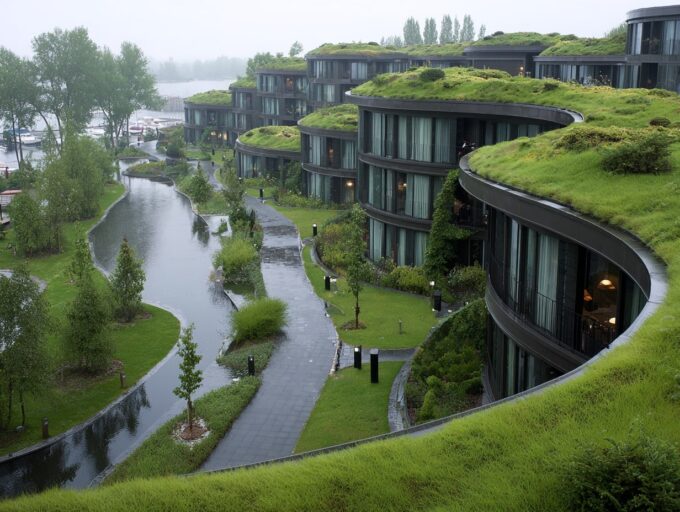

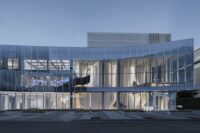
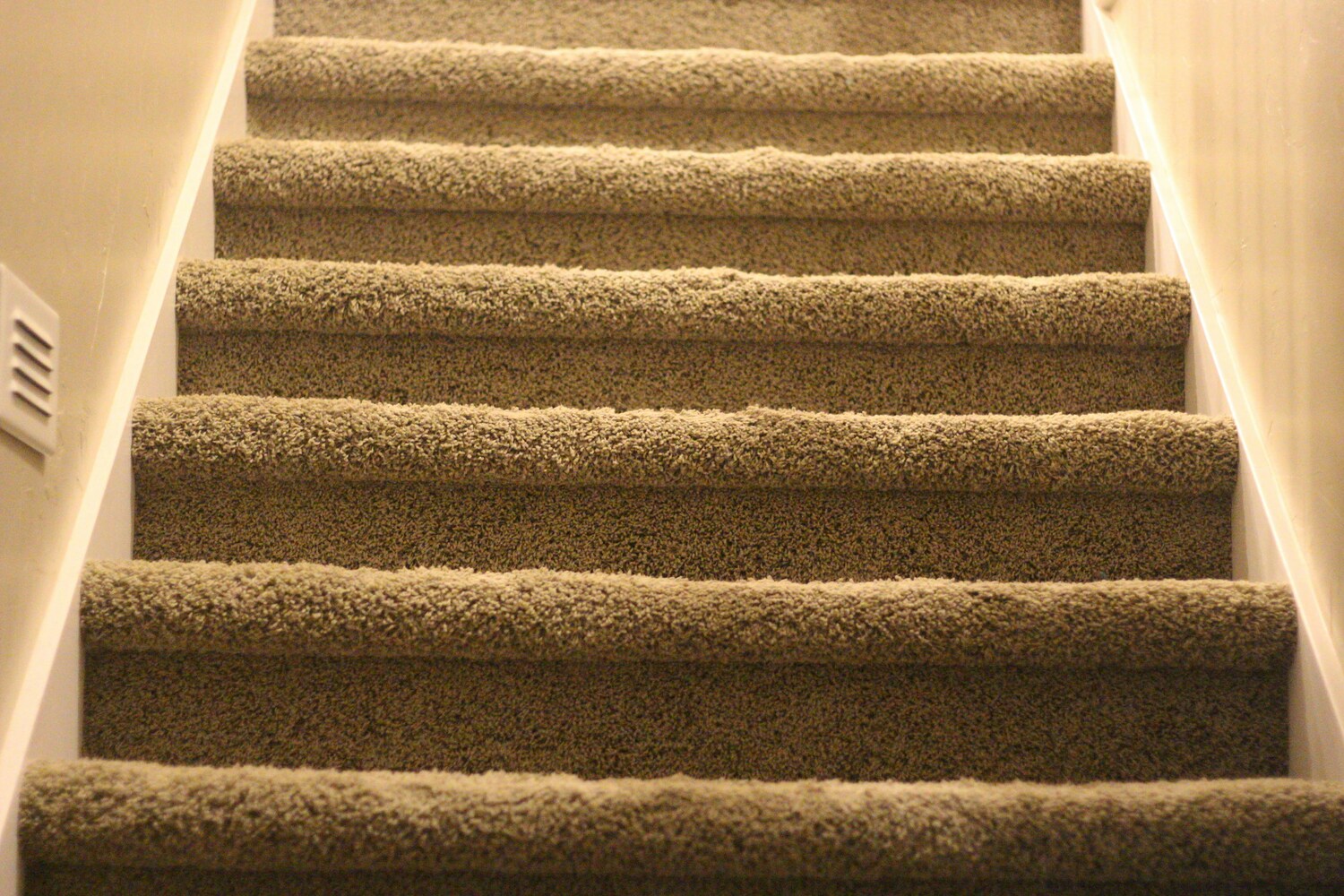
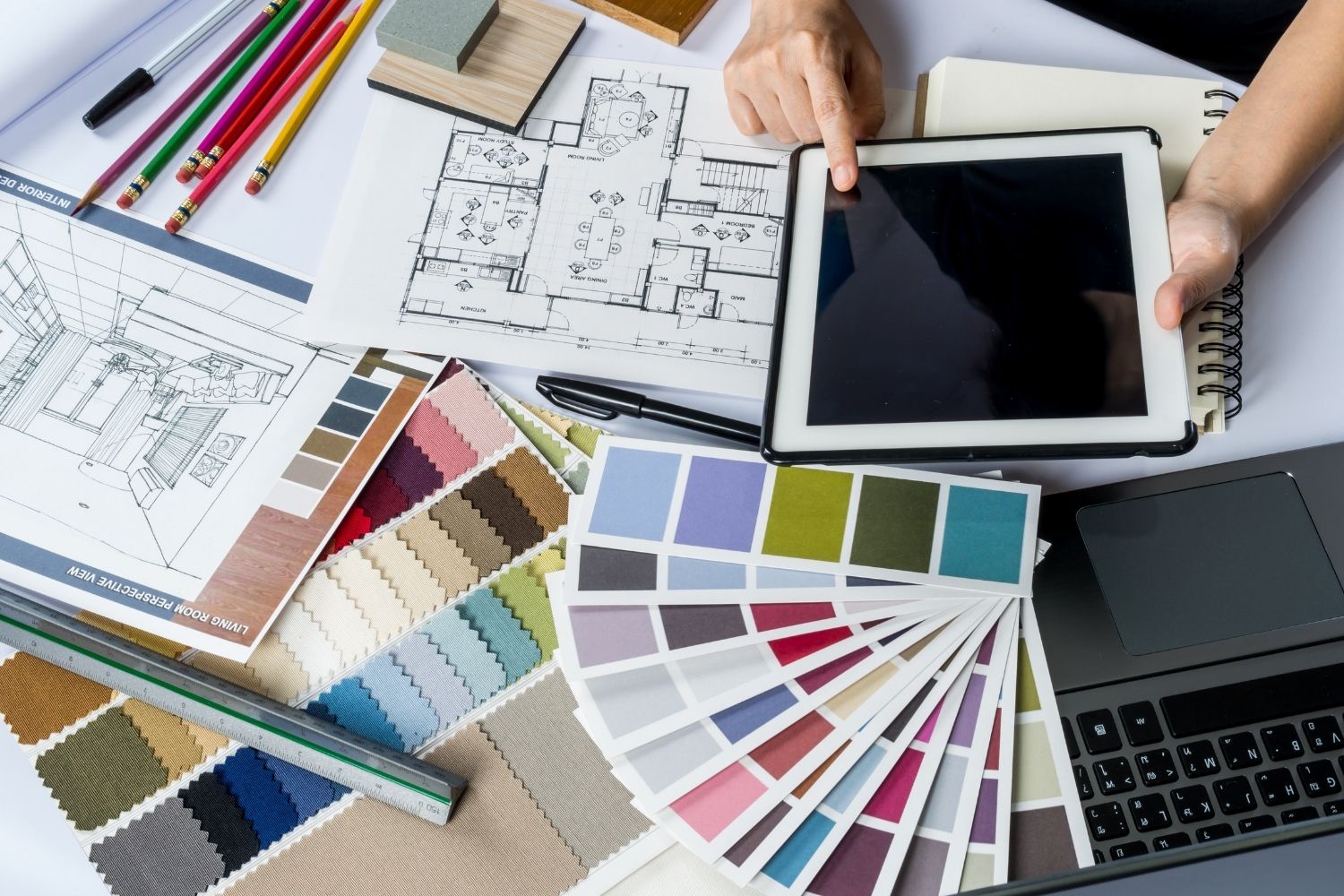

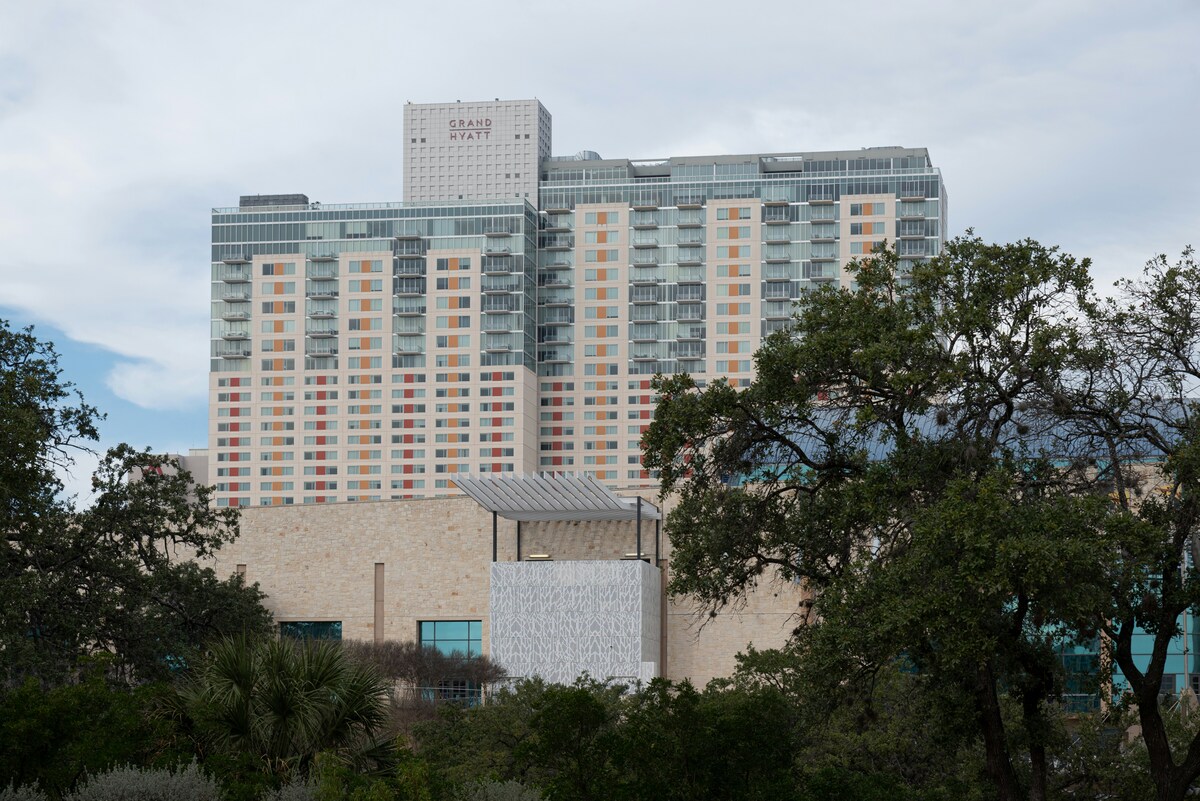
Leave a comment